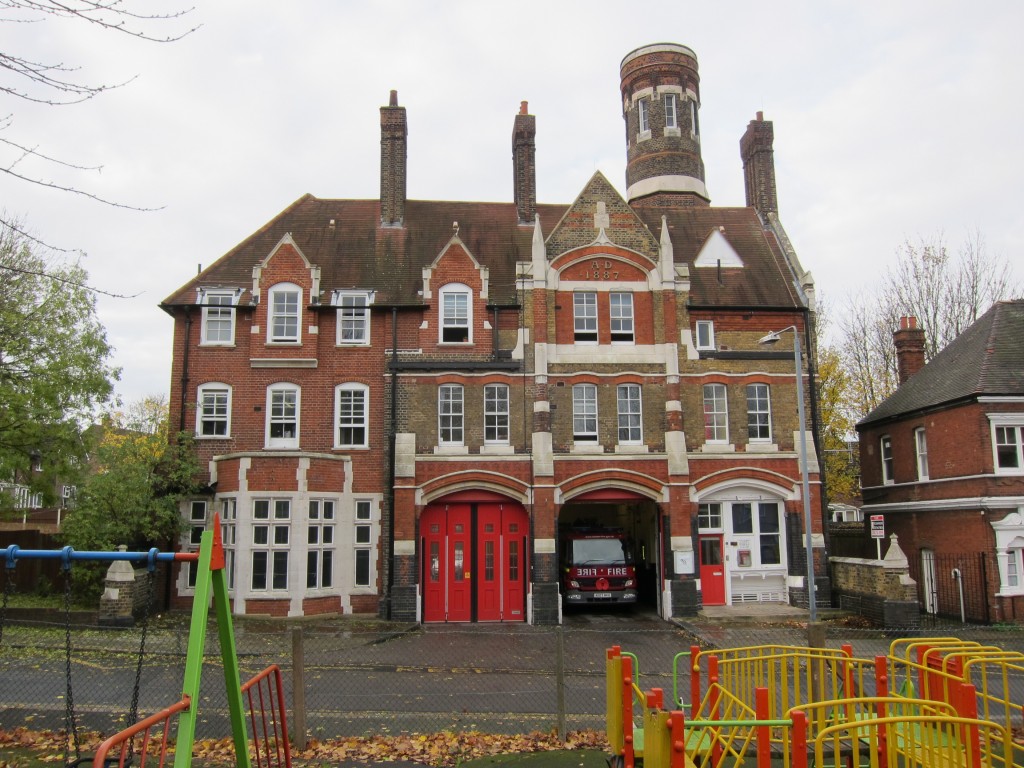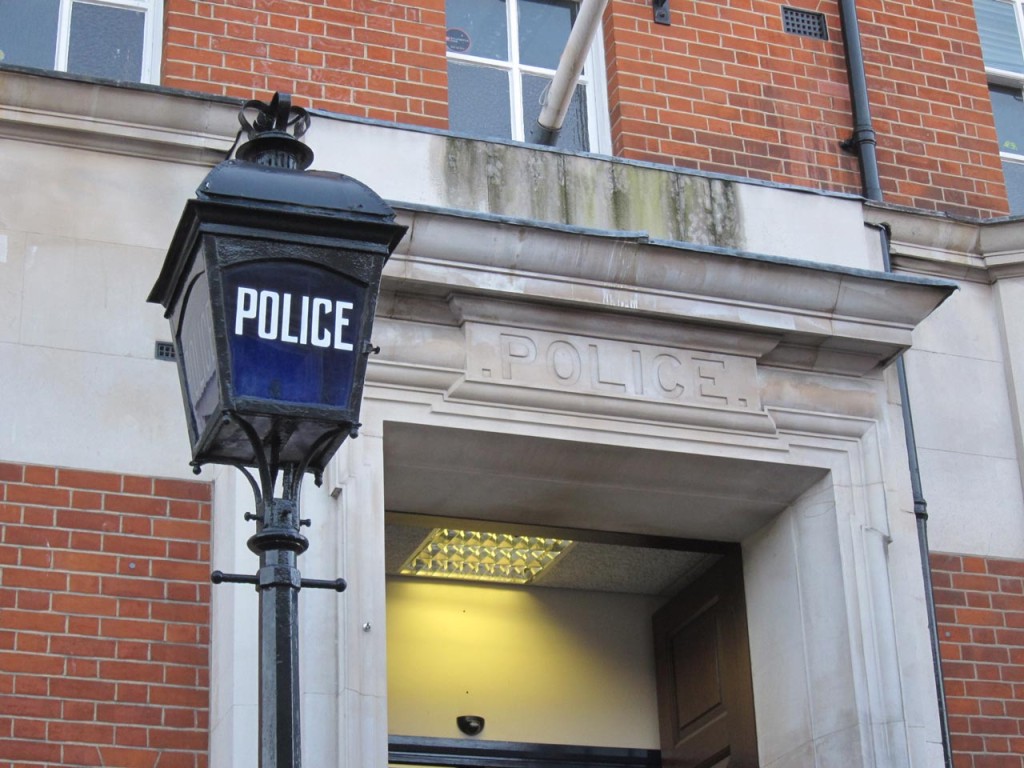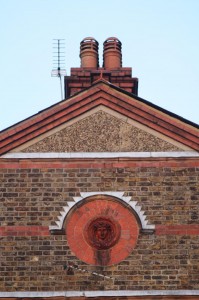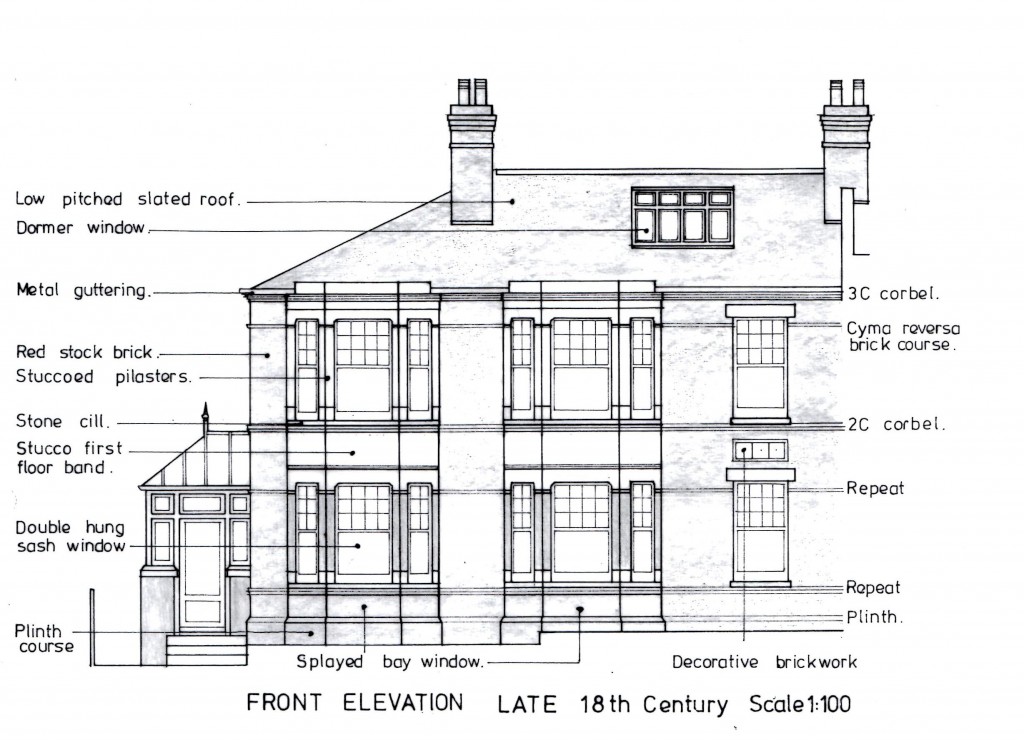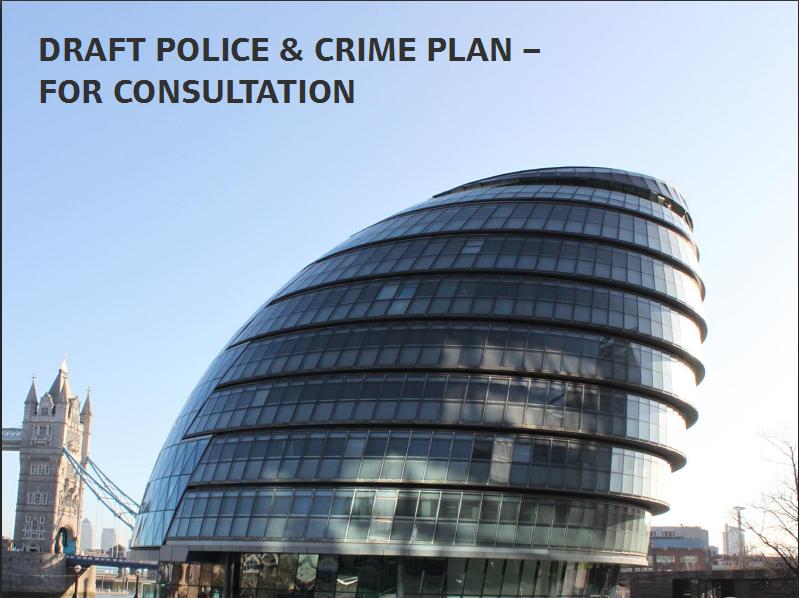
Scene at King William Court, University of Greenwich:
Question: Why are you reducing the size of the Safer Neighbourhood Teams?
Answer: We’re increasing the number of police in the Safer Neighbourhood Teams.
Later ….
Question: The Safer Neighbourhood Teams work really well, why are you reducing their size?
Answer: We’re increasing the number of police in the Safer Neighbourhood Teams.
Later still ….
Question: I’m against the reduction in the number of officers in the Safer Neighbourhood Teams, why are you doing it?
Answer: We’re increasing the number of police in the Safer Neighbourhood Teams.
I felt a strange mixture of confusion and deja-vu by the end of the Mayors Office on Policing And Crime (MOPAC) consultation event at the end of January. We had been told that each Safer Neighbourhood Team would be reduced in size from two police officers and three police community support officers (PCSOs) to one police officer and one PCSO. We had also been told that the number of officers allocated to SNTs in Greenwich would be increased by 88 (and that we should be grateful for that). Why the difference? No-one was saying, even after a direct question about how SNT resourcing works. It was quite easy for the panel to avoid questions because the chair had cunningly combined questions into groups of three before they were answered, so some questions just weren’t addressed. We did find out that the Deputy Mayor for Policing and Crime had to attend a large number of consultation events (poor chap), but not what was so interesting on his mobile phone. We’re also going to have sheriffs apparently. Hopefully the Sheriff of Shooters Hill won’t meet Robyn Hood in Oxleas Woods.
I think what was being proposed was that each individual SNT would have fewer officers assigned permanently to it, but there would be a larger pool of officers who would be temporarily assigned to individual SNTs on an as needed basis. It would have been nice to learn how this would work in practice, but the consultation event was kept strictly to one hour, which wasn’t really enough to cover all the issues raised by the new Police and Crime Plan 2013-2017, which also proposes the closure of Woolwich and Greenwich police stations.
The Consultation on the Police and Crime Plan 2013-2017 finishes tomorrow, 6th March 2013, so there’s not much time to register our views. There’s an on-line form for comments.
A consultation has also started on the Draft Fifth London Safety Plan (LSP5) which, amongst other things, proposes the closure of 12 fire stations including Woolwich. Again there is an online survey to give our views, and we have until the 28 May 2013 to do so.
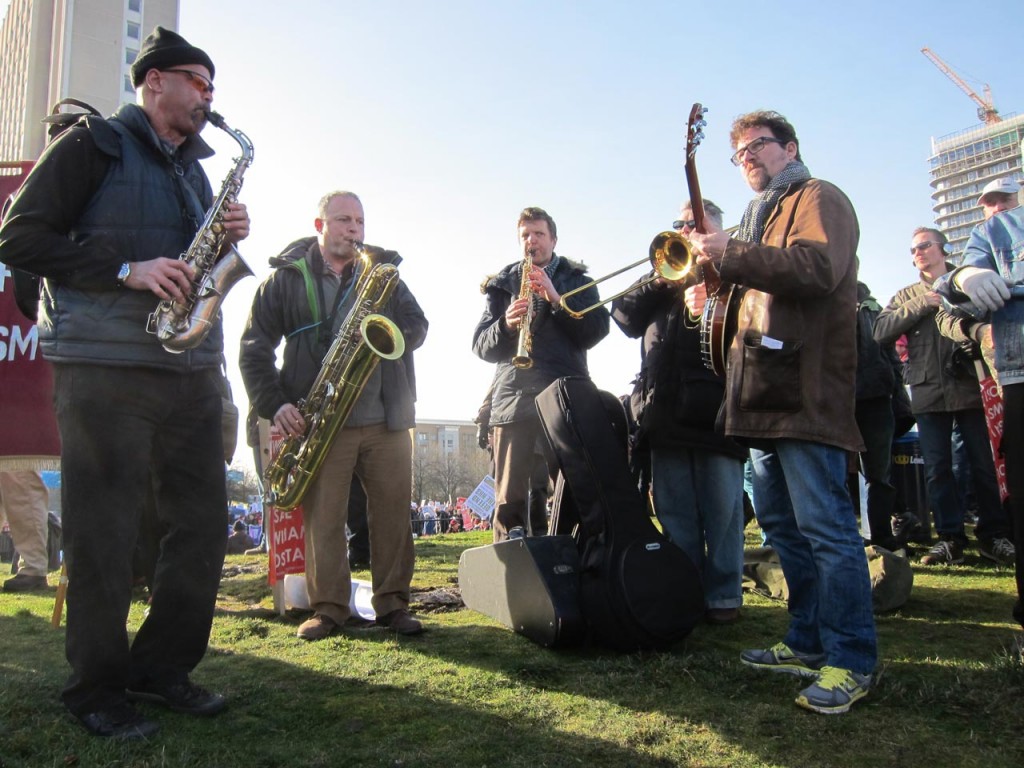
The MOPAC consultation event made me wonder whether it was worth responding – will it make any difference if everyone says they don’t want police stations to close, or will they just go and do it anyway? There is a recent precedent with the consultation about the South London Healthcare NHS Trust and the proposal by the Trust Special Administrator to close Accident and Emergency at Lewisham Hospital. Despite the majority of respondents saying they were against the proposal, and despite 25000 people marching through Lewisham to object, and despite nearly 35000 people signing a petition against the proposal, the Secretary of State for Health, Jeremy Richard Streynsham Hunt, decided to do it anyway.
The Transport for London consultation about the Thames river crossings and the possible closure of the Woolwich Free Ferry seemed to be better than others inasmuch as their reports on previous public feedback suggested that some notice was being taken of our input. But now we hear that Greenwich Council is trying to get the power to build a bridge at Gallions Reach whatever we say and whatever TfL decide!
What a lot of consultations! And it can be quite hard work to respond to them: the TSA draft document about South London Healthcare was some 373 pages of largely impenetrable management gobbledegook; not an easy read. Is it worth the effort when it seems that politicians treat the result so cynically? Yes, I think it is as it is one of the few ways possible to make our views known. But politicians shouldn’t complain about public disengagement with the political process, such as low turn out at elections, when they themselves fail to engage with the public when they get the opportunity.
One last consultation to mention, as it will shape future planning decisions in Greenwich. As the council’s e-mail about it said:
Royal Greenwich is preparing a new planning policy document called the Core Strategy with Development Management Policies. This document will replace the existing planning policies for the Borough (the Unitary Development Plan) and will be used by the Council to help shape development up to 2028.
I found the Unitary Development Plan very useful as a means of making reasoned objections to proposed property developments – it lays down the policies that the planners use to decide what can be built where – so it’s important that its replacement is suitable for the same role. As the Planning Consultation Portal says:
When it is adopted, the Core Strategy with Development Management Policies will become the key strategic planning document for Royal Greenwich. It will be used to help shape development and determine all planning applications.
Key features of the proposed strategy are explained in the latest draft document. They include:a significant number of new homes by 2028 the creation of two new mixed use urban quarters at Charlton Riverside and Greenwich Peninsula West. Strategic and development management policies will be used to guide development applications in the borough. These cover a range of topics such as open spaces, infrastructure and environment and climate change.
Following previous public consultations on the Draft Core Strategy with Development Management Policies we are due to begin our 12 week consultation period on the Proposed Submission Version on the 19th February 2013.
We have until 14th May 2013 to comment through the Planning Consultation Portal. You will need to register to be able to comment.
